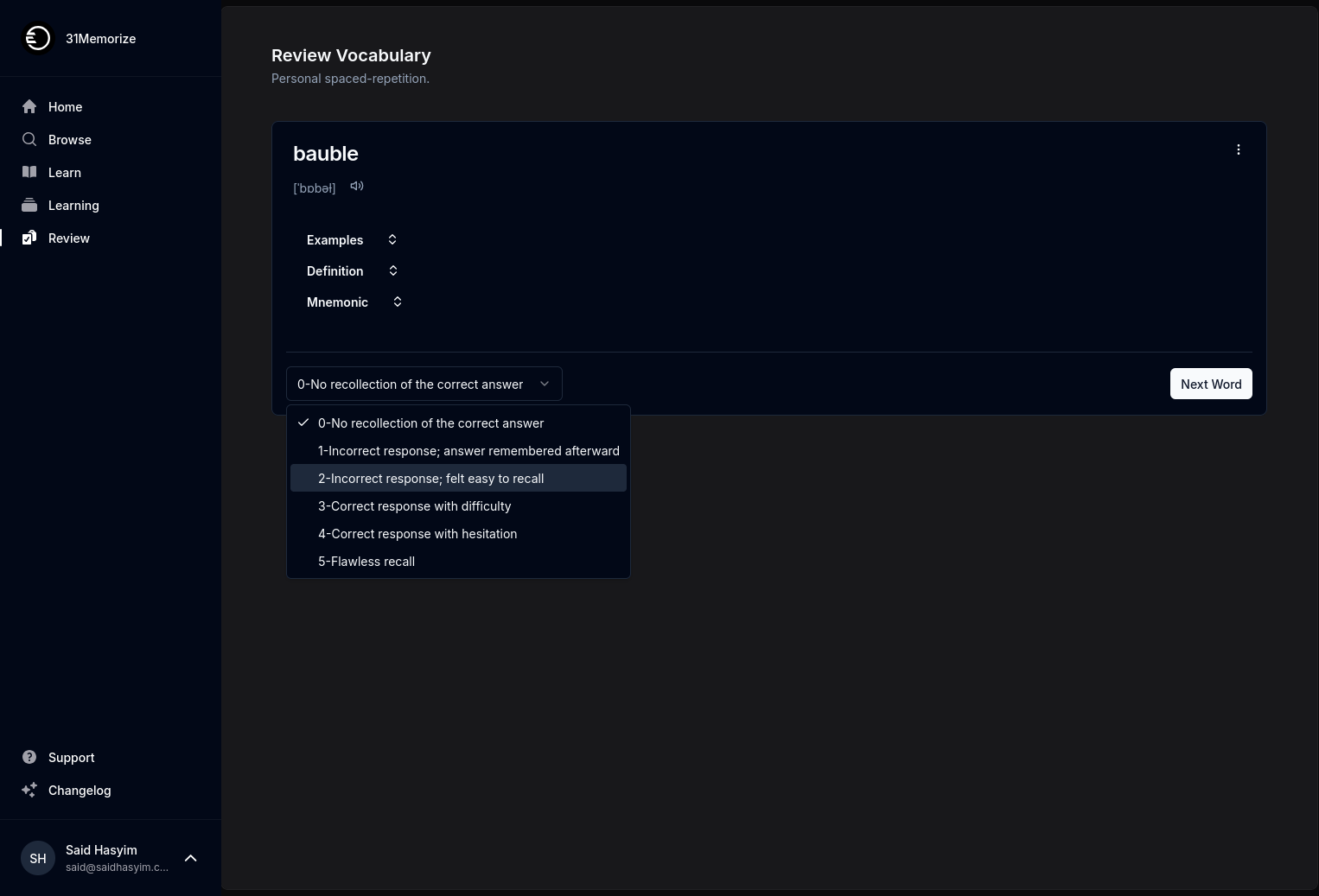The Role of Community Feedback in Ratings
In today's interconnected world, the voice of the community has never been more influential. As consumers increasingly turn to online platforms for information and recommendations, community feedback plays a pivotal role in shaping ratings across various industries. From restaurants to software applications, peer voices can either elevate or diminish a brand’s reputation. This blog post delves into the importance of community feedback in ratings, exploring its impact on consumer behavior, the advantages and challenges it presents to businesses, and strategies for fostering a constructive feedback culture.
Understanding Community Feedback
Community feedback refers to the collective opinions, reviews, and recommendations provided by individuals who have experienced a particular product, service, or event. This feedback is typically shared on online platforms, such as social media, review sites, and forums, where potential consumers seek insights before making decisions.
Types of Feedback
Qualitative Feedback: This includes detailed comments, narratives, and personal stories shared by consumers. Such insights can provide depth to ratings, highlighting specific experiences that resonate with potential customers.
Quantitative Feedback: Often expressed in numerical ratings or star systems, quantitative feedback offers an at-a-glance understanding of overall satisfaction and performance.
Visual Feedback: Photos and videos contributed by users can offer a more authentic perspective on a product or service, allowing potential buyers to visualize their experience.
The Influence of Community Feedback in Ratings
Community feedback significantly influences ratings in the following ways:
Social Proof
Humans are inherently social beings, and the need for validation often guides our decisions. When potential consumers encounter numerous positive reviews about a product or service, they are more likely to trust that feedback and proceed with their purchase. Conversely, negative reviews can deter consumers from engaging with a brand, sometimes regardless of the actual quality of the service or product.
Trust and Credibility
Ratings that incorporate community feedback often carry more weight than those crafted by brands themselves. Consumers tend to view peer testimonials as more genuine than promotional material, which can sometimes feel manufactured. According to various studies, potential buyers are more inclined to trust peer recommendations, which adds credibility to community-driven ratings.
Brand Reputation Management
Active engagement with community feedback allows brands to monitor and manage their reputation. Responding to reviews—both positive and negative—can demonstrate that a business values customer opinion and is committed to improving the customer experience. This interaction not only helps in retaining existing customers but also attracts new ones, creating a feedback loop that fuels brand loyalty.
Advantages of Community Feedback for Businesses
Improved Products and Services: Regular feedback from the community can unveil areas for improvement, guiding businesses in refining their offerings. Constructive criticism aids in identifying pain points that may not have been previously recognized.
Enhanced Customer Engagement: Actively seeking and responding to community feedback fosters a culture of engagement. Customers appreciate knowing their voices matter, which can lead to increased brand loyalty.
Market Insights: Analyzing trends in community feedback can provide invaluable insights into shifting preferences and consumer behavior. This data can guide marketing strategies and product development, ensuring businesses stay ahead of the competition.
Crisis Management: In today’s digital landscape, negative feedback can spread quickly. Addressing concerns raised by the community transparently and promptly can mitigate potential reputational damage and demonstrate accountability, turning a negative experience into a positive one.
Challenges of Community Feedback
While community feedback can be incredibly beneficial, it’s not without its challenges:
Misinformation: The anonymity of the internet can sometimes lead to false or misleading reviews. Businesses must navigate the murky waters of disgruntled customers who may leave unrealistic ratings.
Feedback Overload: For popular brands, the volume of feedback can be overwhelming. Sorting through countless comments, both positive and negative, to derive actionable insights can be time-consuming.
Reputation Manipulation: Some entities engage in unethical practices, such as posting fake reviews or engaging in review bombing, which can distort community perception and ratings.
Balancing Negativity: Negative feedback is an inevitable aspect of community feedback. Learning to balance and respond to negativity without compromising brand integrity is a learned skill.
Strategies for Fostering Constructive Community Feedback
To maximize the benefits of community feedback and mitigate its challenges, businesses can adopt several strategies:
Encourage Genuine Reviews: Foster a culture where customers feel encouraged to share their honest opinions without fear of retaliation. This includes creating easy and accessible platforms for feedback.
Engage with Your Community: Actively respond to reviews, whether positive or negative. Acknowledging feedback demonstrates that you value customer opinion and are willing to make improvements.
Educate Your Customers: Provide guidelines on how to leave meaningful feedback. Encourage detailed reviews that focus on specific aspects of the product or service rather than vague comments.
Monitor Your Online Presence: Regularly check review sites, social media platforms, and other forums where customers might share their experiences. Timely responses can help prevent misinformation from spreading.
Utilize Feedback for Improvement: Implement changes or improvements based on community feedback. Showcasing how customer input influences your business creates a loop of engagement and loyalty.
Conclusion
Community feedback has established itself as a cornerstone of contemporary ratings across different industries. It offers valuable insights but also presents challenges that require careful navigation. By embracing a constructive feedback culture and engaging with community opinions, businesses can foster trust and credibility while continuously improving their offerings. Ultimately, leveraging community feedback can turn ratings into not just numbers but rich narratives that drive consumer choices and strengthen brand loyalty. As the digital landscape continues to evolve, the voices of the community will remain an indispensable asset in shaping the future of ratings and, consequently, the industries that rely on them.
